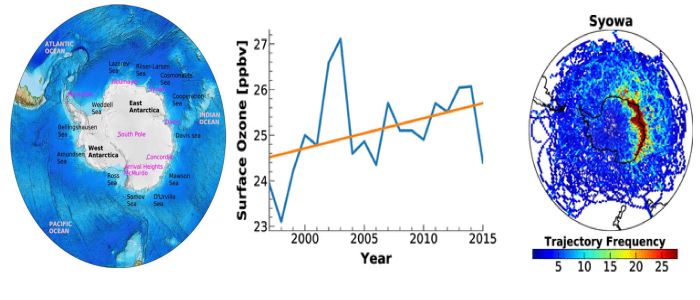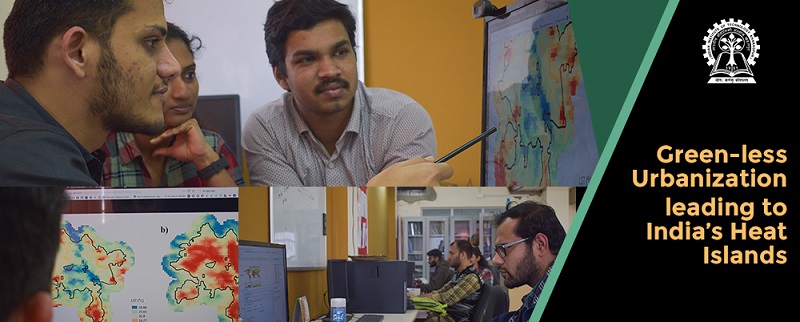
IIT Kharagpur unveiled the increasing ozone pollution in Antarctica
IIT Kharagpur researchers revealed significant increase of ozone pollution in the Antarctic troposphere for the past 25 years, which is a concern as the region is far from the industries and continental emission sources. A recent scientific study analysed the significant increase of Surface Ozone and Tropospheric Ozone in Antarctica for the past 25 years. The research findings were supported by surface-based and ozonesonde measurements in Antarctica. “The increasing trend in ozone pollution across Antarctica would have a profound impact on the future climate of one of the most climate-sensitive regions on the Earth, as tropospheric ozone has warming feedback…

